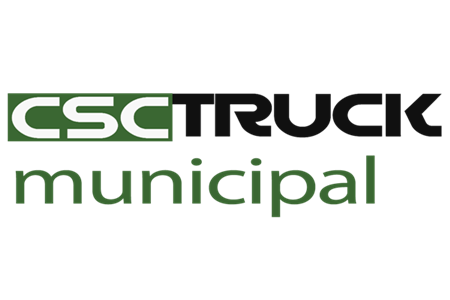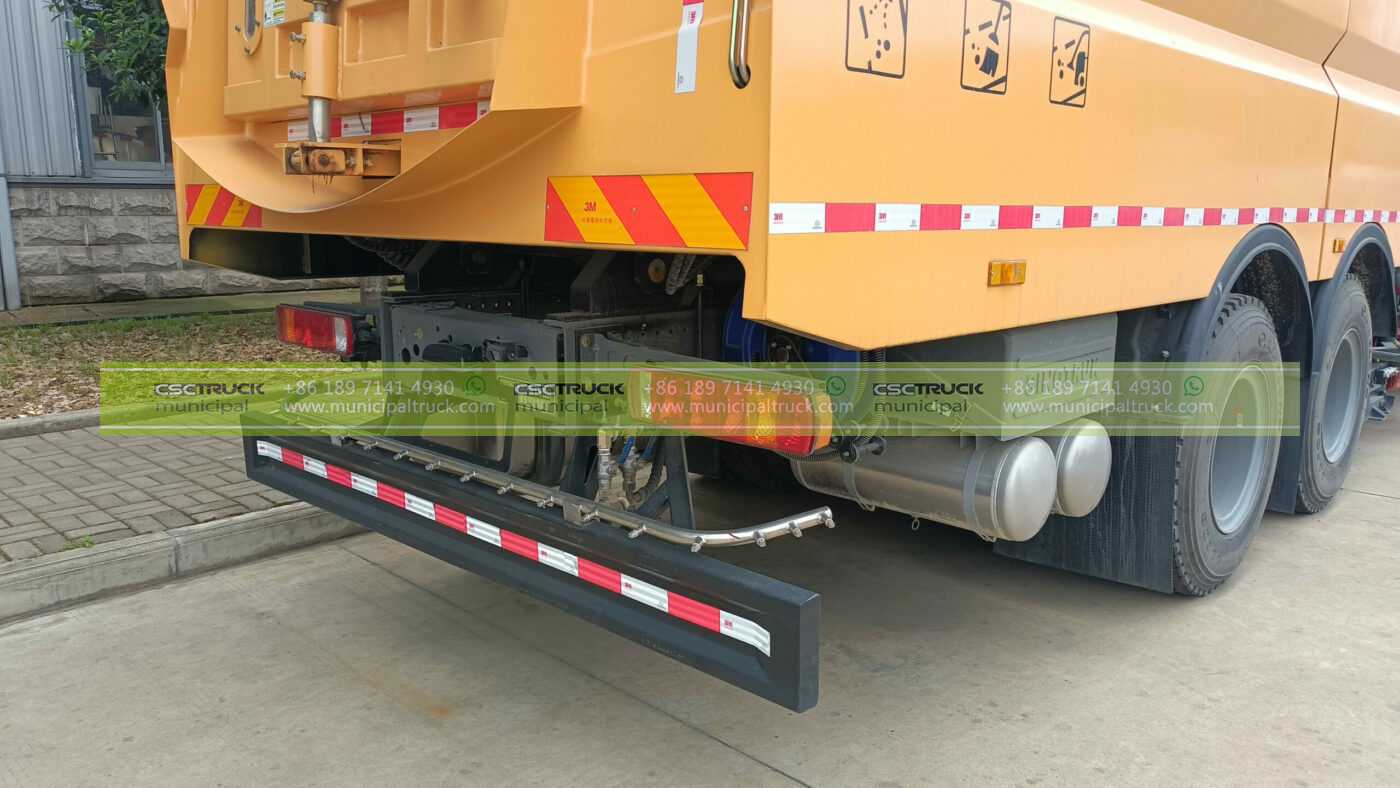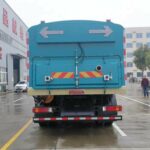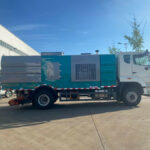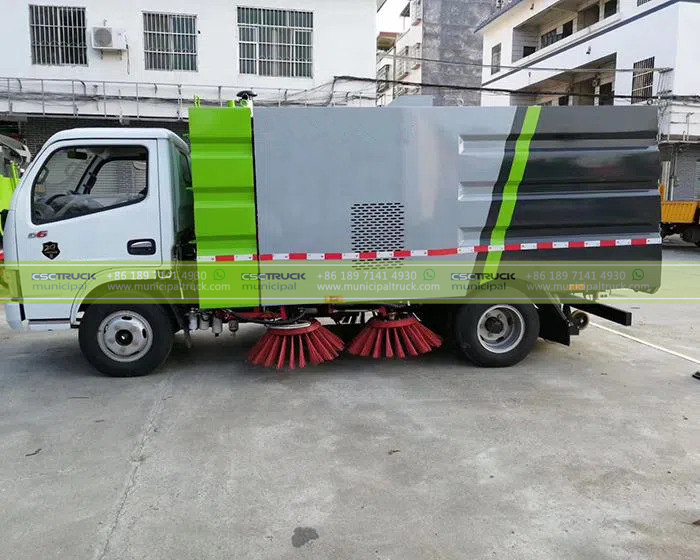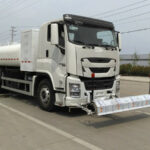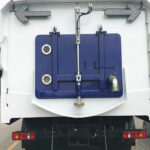Beyond Aesthetics: The Fundamental Role of Sweeper Trucks in Urban Ecosystems
A clean city is often perceived simply as a pleasant aesthetic, yet the reality is profoundly deeper. Sweeper trucks serve as critical infrastructure, performing functions essential for public health, environmental protection, infrastructure longevity, and overall urban resilience. Imagine the relentless accumulation: pavement dust, vehicle exhaust particulates, tire wear microplastics, fallen leaves, discarded litter, construction grit, spilled oils, and gravel from countless sources. Without systematic removal, this debris doesn’t merely look unsightly; it becomes a pervasive pollutant, clogging vital storm drains, degrading air quality, damaging road surfaces, creating hazardous driving and walking conditions, and fostering vectors for disease. Modern sweeper trucks are engineered solutions to combat this invisible tide of urban detritus, operating as indispensable sentinels protecting the very fabric of our cities from decay and hazard.
Guardians of Health and Environment: Mitigating Invisible Threats
The impact of street-level debris extends far beyond the visible, posing significant risks that sweeper trucks actively mitigate through their daily operations:
- Combating Airborne Particulates: Fine dust (PM10 and PM2.5) generated from traffic, construction, and natural sources is a major public health concern, linked to respiratory diseases (asthma, bronchitis), cardiovascular problems, and reduced life expectancy. Sweeper trucks equipped with advanced vacuum and filtration systems are frontline defenders against airborne pollution, physically removing these harmful particulates from the curb and gutter line before wind or traffic can re-suspend them into the air we breathe. Regular sweeping demonstrably reduces ambient particulate concentrations in urban cores.
Subsection: Protecting Precious Waterways: Debris left on streets doesn’t stay put. Rain events wash it directly into storm drains, leading to stormwater pollution – one of the largest sources of contamination for rivers, lakes, and oceans. This runoff carries oils, heavy metals (from brake linings), fertilizers, pesticides, plastics, and sediment. By intercepting this debris at the source, sweeper trucks play a pivotal role in preventing pollutants from entering the watershed, protecting aquatic ecosystems, drinking water sources, and reducing the burden and cost on water treatment facilities downstream. This proactive capture is vastly more efficient and economical than remediation after contamination occurs.
The Mechanics of Urban Hygiene: How Sweeper Trucks Operate
The effectiveness of these machines lies in sophisticated engineering designed to handle diverse debris in challenging urban environments. Modern sweepers typically employ a combination of technologies working in concert:
- The Symphony of Cleaning Mechanisms: Most units utilize a powerful mechanical broom sweepers system – large, stiff bristle brushes rotating at high speed – to dislodge stubborn debris packed into pavement cracks or adhered to the surface. This loosened material is then directed towards the center of the truck’s path. Simultaneously, a high-velocity air stream, generated by either regenerative air systems (recirculating air within a closed loop for efficiency) or pure vacuum systems, lifts the dislodged debris off the pavement and conveys it into the collection hopper. This dual-action approach ensures comprehensive cleaning, tackling both large debris like bottles and cans and fine particulates like silt and dust.
Subsection: Advanced Filtration – Keeping the Clean Air Clean: The air sucked into the hopper is laden with fine dust. Releasing this untreated would simply redistribute pollution. Modern sweeper trucks incorporate multi-stage filtration systems, often involving cyclonic separators and high-efficiency particulate air (HEPA) filters or equivalent fabric filtration, to trap even micron-sized particles before the exhaust air is released back into the environment. Water spray systems are frequently integrated, primarily for dust suppression at the point of pick-up, enhancing capture efficiency and further minimizing airborne dust plumes during operation, crucial for minimizing the impact on pedestrians and nearby residents.
Specialized Roles for Critical Infrastructure
The core principles of sweeping adapt to meet the specific demands of different urban zones, with specialized vehicles proving essential:
- The Arterial Custodian: Road Sweeper Trucks: These are the most ubiquitous guardians of municipal roads, highways, and bridges. Road sweeper truck operations are strategically scheduled – often overnight to minimize traffic disruption – focusing on high-traffic corridors, construction zones (capturing loose gravel and sand that cause windshield damage and accidents), commercial districts, and residential streets. Their work directly prevents debris-related vehicle accidents (slippery leaves, distracting litter blowing onto windshields), reduces road surface wear from abrasive grit, maintains clear bike lanes, and preserves the overall visual upkeep of the city. The consistent deployment of road sweeper trucks is a non-negotiable element of routine municipal infrastructure maintenance and public safety.
- Guardians of the Gateway: Airport Sweeper Trucks: Airports present a unique and exceptionally high-stakes cleaning challenge. Foreign Object Debris (FOD) – any object not belonging on the runway, taxiway, or apron – poses a catastrophic risk to aircraft. A small bolt, piece of pavement, stone, or even wildlife attracted by litter can cause engine failure, tire blowouts, or damage during takeoff or landing. Airport sweeper trucks are highly specialized machines, often larger and more powerful, featuring enhanced filtration and debris capture capabilities to handle everything from metal shards to de-icing fluid residues. They operate under stringent safety protocols, frequently utilizing runway-specific brooms and vacuums designed to minimize the risk of creating secondary FOD. The relentless operation of airport sweeper trucks is fundamental to aviation safety, underpinning the safe movement of millions of passengers and cargo shipments daily. Their role transcends cleanliness; it is a cornerstone of operational integrity and accident prevention in the aviation environment.
The hum of a sweeper truck in the pre-dawn hours is not merely noise; it is the sound of a complex urban organism maintaining its health. From safeguarding children walking to school from excessive dust inhalation, preventing tons of plastic from choking marine life, ensuring a truck tire doesn’t blow out due to road debris, to guaranteeing an airliner takes off without ingesting a stray tool, these machines perform an indispensable, multi-faceted duty that underpins the safety, sustainability, and functionality of modern urban life. Their continuous evolution in efficiency, environmental performance, and specialization ensures they remain vital sentinels long into the future.
